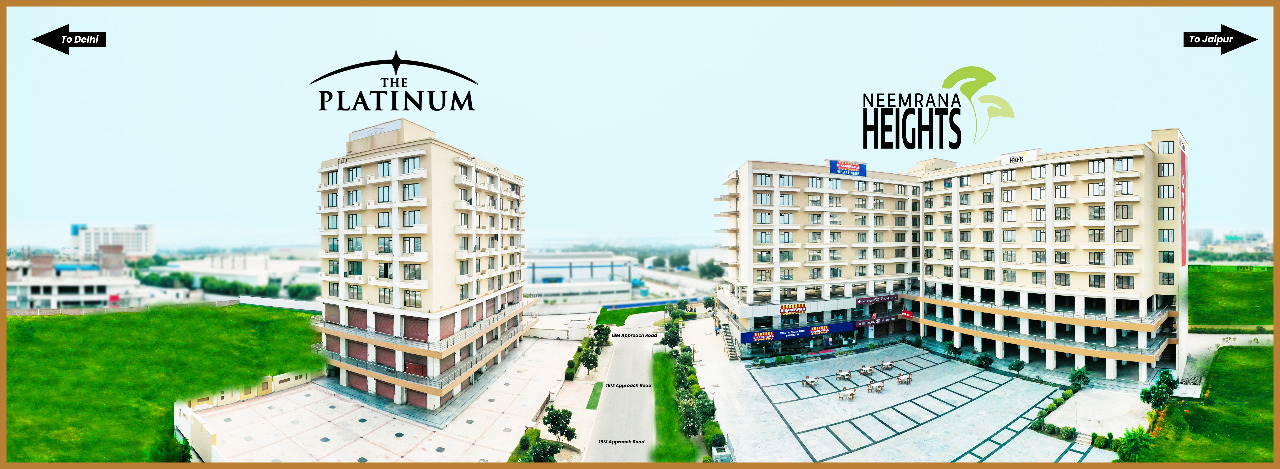Reasons of Investing in Real Estate Properties in Neemrana
Neemrana, once was only known for the world acclaimed Neemrana fort, but now it will be the face of new age time. It is a speedily developing locality with industrial and real estate hub in North India. It has various attractions apart from Japanese and Korean hubs which are below mentioned.
There are numerous residential and Commercial Plots for Sale in Neemrana, your investment in these properties will be a great choice. But before this you should know more about the town and its insights.
4 Causes of Real Estate Investing in Neemrana
Potential Growth

The enormous industrial growth and development is being planned and designed keeping the Japanese and Korean expats’ lifestyle in mind. There are various hotels and newly opened resorts in Neemrana as the tourism here is flourishing. Rajasthan government is developing 40,000 acres of land in the Shahajahanpur-Neemrana-Behror belt as a Global City by promoting world class industrial, residential, and institutional projects.
· Fast Connectivity to NCR
Neemrana is in Alwar, Rajasthan situated at 122 km from Delhi, 85 km from Gurgaon, and 149 km from Jaipur. It is a part of the Delhi-Mumbai Freight Corridor and the Delhi-Mumbai Industrial Corridor (DMIC). Being a part of the extended National Capital Region (NCR), Neemrana offers special advantages such as proposed Green Field International Airport and high speed metro connectivity to Delhi.
· Excellent Job Opportunities

Neemrana has attracted huge investments from around 47 Japanese manufacturers, including Daikin which is planning to invest nearly 650 to 1065 crore INR and some of the biggest Indian and Korean companies are planning massive investments in Neemrana. It will attract more employment and job opportunities from now its growing industrial and in the future.












